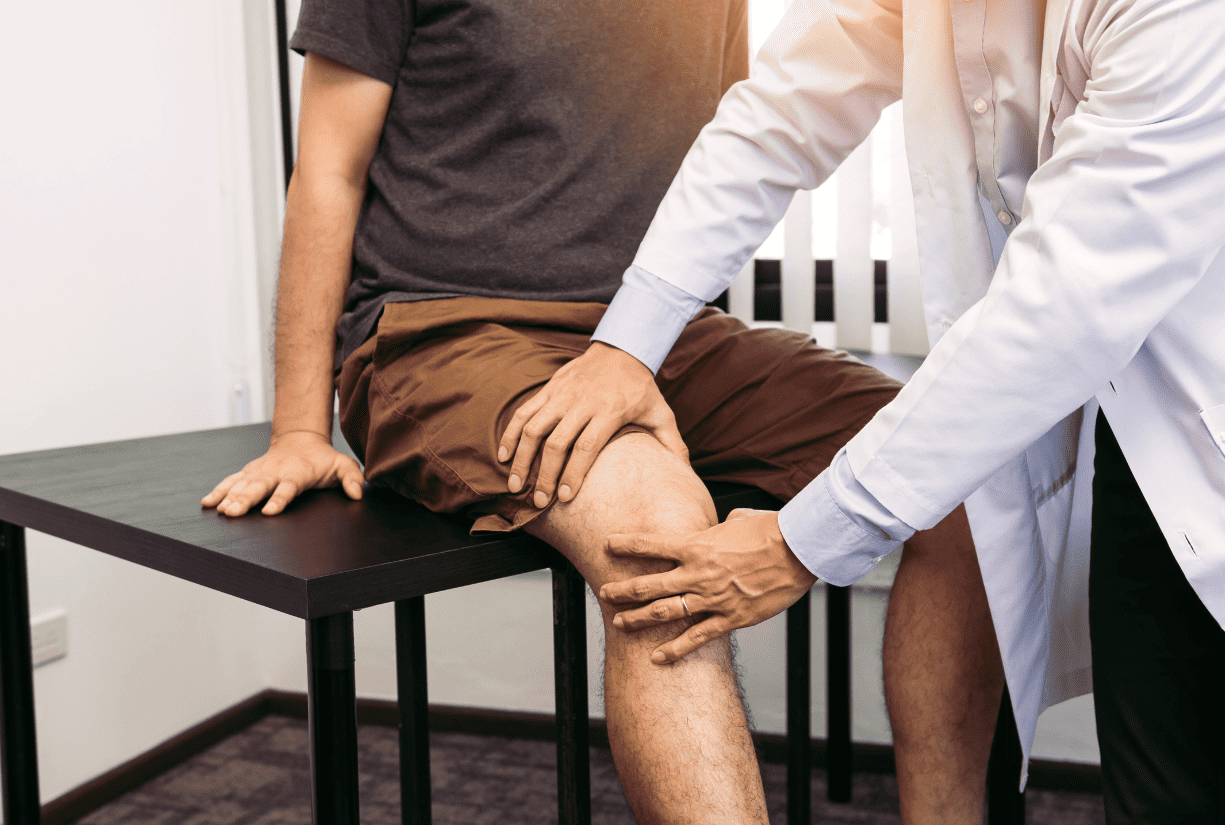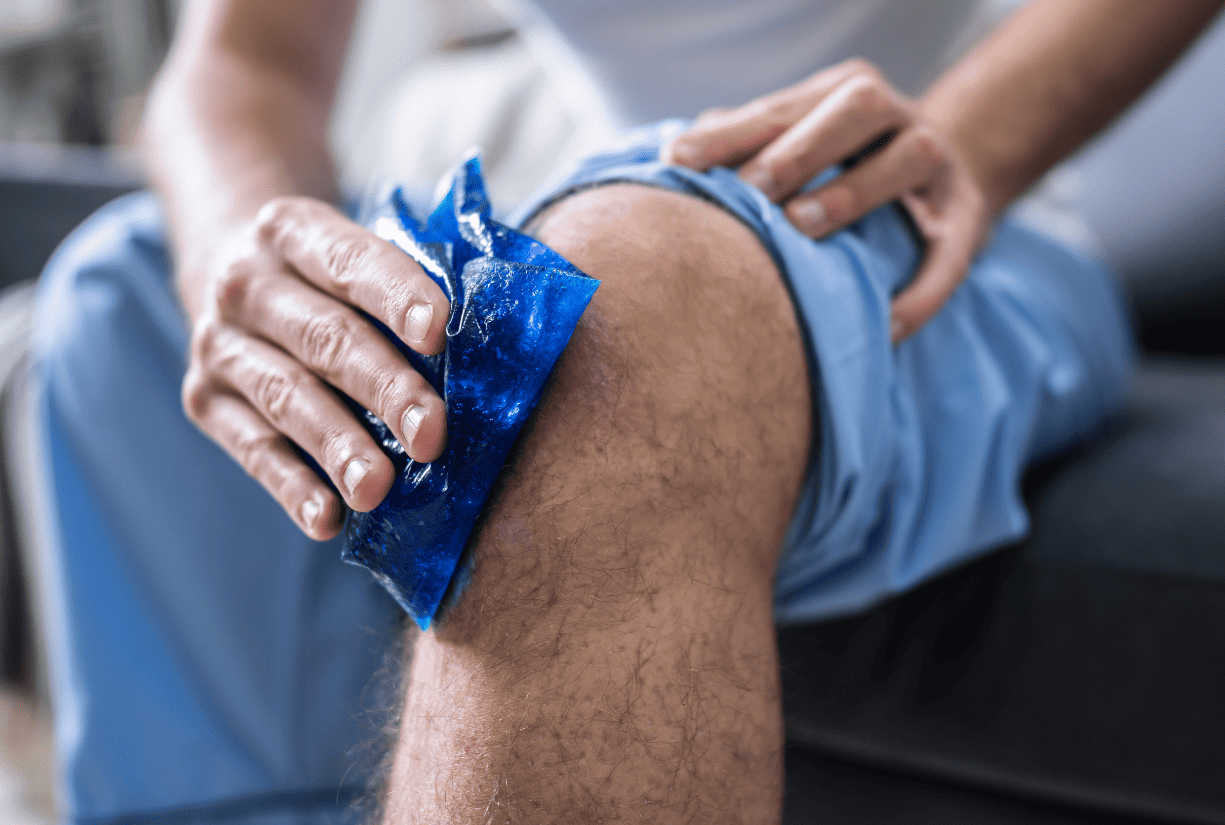Knee Arthritis
Knee Arthritis
Knee arthritis is a common condition that affects the cartilage padding in the knee joint. It can cause pain, swelling, stiffness, and difficulty with certain activities. If left untreated, knee arthritis can significantly impact your quality of life. However, with proper treatment, you can manage your symptoms and restore your mobility. In this article, we’ll discuss knee arthritis in more detail, including its symptoms, causes, and treatment options.

Helping 10,000+ Patients Stay Active for 15+ Years

Symptoms
The symptoms of knee arthritis can vary depending on the severity of the condition. Some common symptoms include:
- Pain in the knee joint, especially during or after activity
- Stiffness in the knee joint, making it difficult to bend or straighten the knee
- Swelling and tenderness around the knee joint
- A grinding or popping sensation in the knee joint when moving
- Limited mobility and difficulty with certain activities, such as climbing stairs or walking for long distances
Causes
Knee arthritis is often caused by wear and tear on the cartilage padding in the knee joint over time. Other factors that may contribute to knee arthritis include:
- Age-related degeneration of the joint
- Previous knee injuries or surgeries
- Obesity or being overweight
- Genetics
- Certain medical conditions, such as rheumatoid arthritis


Treatment
While there is no cure for knee arthritis, there are several treatment options available to manage the symptoms and slow down the progression of the condition. Some of the most common treatment options include:
- Medications: Over-the-counter pain relievers such as acetaminophen or ibuprofen can help manage pain and inflammation. In more severe cases, your doctor may prescribe stronger pain medication.
- Physical Therapy: A physical therapist can work with you to strengthen the muscles around your knee joint and improve your range of motion.
- Injections: Corticosteroid injections can help reduce inflammation and relieve pain in the knee joint.
- Surgery: In some cases, surgery may be necessary to replace the damaged joint with an artificial one.
Happy Patients
